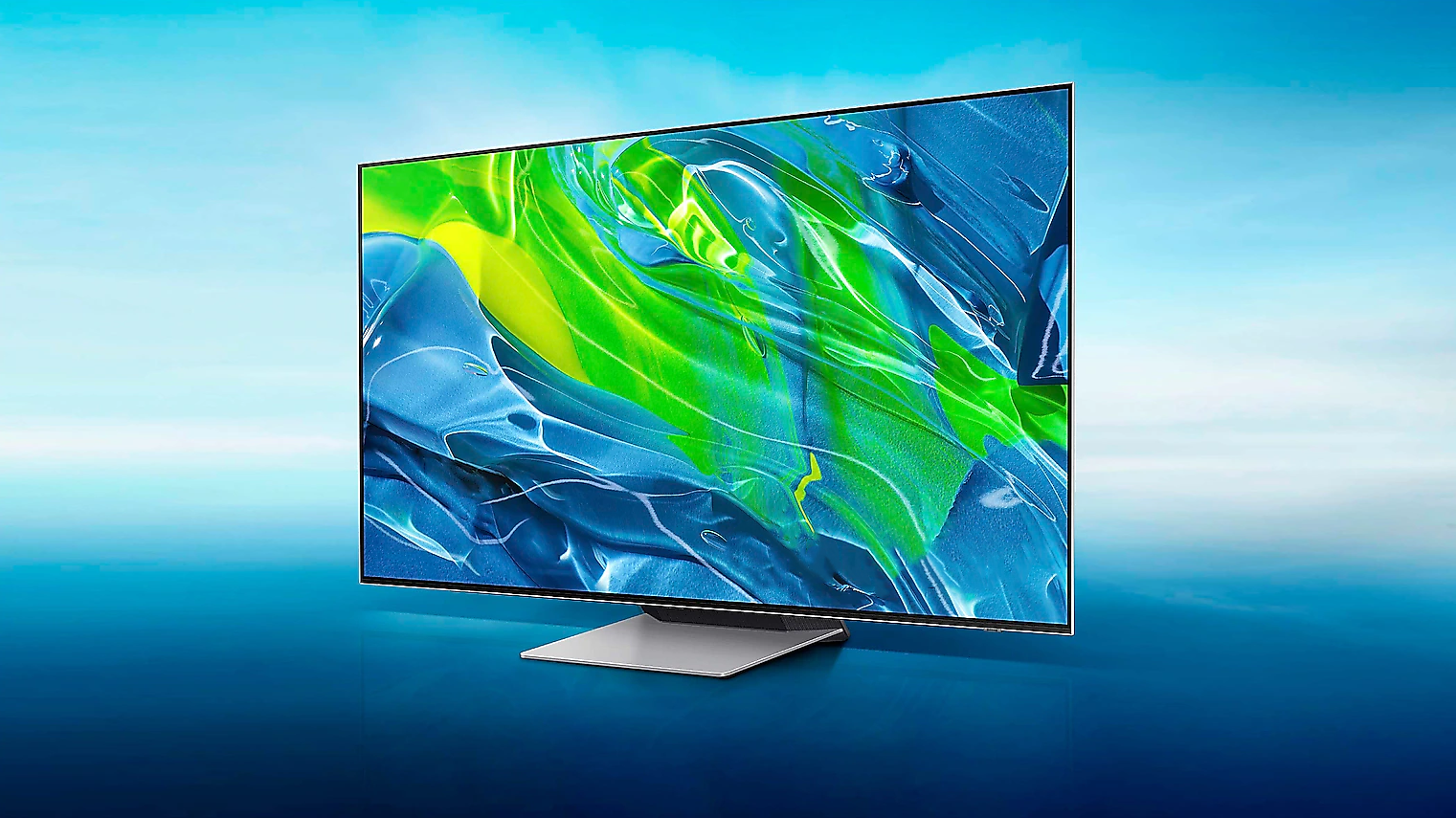

After years of relative tinkering, OLED TV technology finally enjoyed a true, next-generational hardware leap in 2022 with the launch of the first Quantum Dot OLED TVs. And now we're in 2023 it's time for second-gen models already, which is where this Samsung S95B vs newer S95C spot-the-difference feature comes into play.
Designed and manufactured by Samsung Display, and delivered in some of the best TVs in 2022 from Samsung in the S95B and Sony in the A95K, the big story with QD-OLED is that it combines a self-emissive blue light source with layers of red and green Quantum Dots to deliver true colours. The results are seriously impressive.
So what to expect of the second-gen QD-OLED? Happily we’ve now had the chance to get our eyes on this technology, in the form of the Samsung S95C, on display at CES 2023, and for the most part things have turned out every bit as nicely as we could have hoped. Here are the key differences where Samsung's S95 2022 and 2023 models are concerned.
Samsung S95B vs S95C: Price and models
There are two main points to cover here. First, the S95C is the most premium of two Samsung QD-OLED ranges for 2023, while the S95B was the only Samsung QD-OLED range around in 2022. Second, the S95B was heavily discounted at the end of 2022, so the prices you see for that now where stocks are still available will not be comparable with at least the launch price of the S95Cs when they go on sale in the spring.
Looking at these points in detail, the S95C will sit above a new S90C range, the former earning its flagship spurs chiefly by featuring a super-slim design made possible by placing its connections on an external ‘One Connect’ box, and by featuring a significantly more powerful sound system. We’ll cover these differences in more detail later.
Samsung has been a little vague so far over whether the cheaper S90C range will feature the same picture quality as the S95C, but with the S95C there is no doubt that they will be getting the full second-gen QD-OLED monty.
The S95C range will also, crucially, add a 77-inch model to the 65- and 55-inch sizes the S95B range was available in.
Sign up to the T3 newsletter for smarter living straight to your inbox
Get all the latest news, reviews, deals and buying guides on gorgeous tech, home and active products from the T3 experts
In terms of pricing, while Samsung hasn’t yet confirmed the cost of the S95C, the models will likely be priced between £200 and £500 more than the £2799 and £1799 launch prices of the S95B (in 55- and 65-inch equivalents), partly because of the switch to including the external One Connect box, partly because of the introduction of a new cheaper QD-OLED range.
It’s worth adding that based on its 2022 approach, Samsung will likely still be keen to position the new S95C as cheaper than the brand’s flagship 4K Mini LED TVs. Assuming the 2023 prices of those Mini LED TVs roughly tracks those of 2022, that will find the 55-inch S95C costing a decent amount under £2,599, the 65-inch costing under £3,499, and the 77-inch version (assuming these aren’t much harder to manufacture than the smaller QD-OLED panels) costing less than £4,699.
Samsung S95B vs S95C: Picture Quality
Side-by-side comparisons show the S95C delivering a host of picture improvements over its already ground-breaking predecessor.
The 2023 model’s most instantly noticeable improvement is its brightness. Viewed alongside an S95B, the S95Cs look significantly brighter with high dynamic range (HDR) content when it comes to both small brightness peaks and full-screen bright shots. Figures of up to 1500 nits of brightness on 10 per cent of the screen and more than 2000 nits on 2 per cent white HDR ‘windows’ have been witnessed on the new screens, which represents an increase of 20-30 per cent on the S95B. That’s enough to deliver a fairly transformative effect on HDR viewing when the light is applied effectively by the screen’s new-and-improved AI-backed processing.
The most obvious new benefit of this latest processor, though, is that tweaks to the way objects in an image are identified and displayed and create an enhanced sense of depth to pictures, more in keeping with the way your eyes see the real world. Samsung has also finally reintroduced its long-abandoned processing option for converting standard dynamic range (SDR) sources to HDR.
The extra brightness feeds into a noticeable improvement in colour volume, too. In fact, the longer you spend comparing the S95C and S95B, the more you start to see the new model’s colour enhancements as actually its most important improvement. Especially since the extra brightness opens up a wider range of tones, there’s also a marked step up in the consistency, balance and richness of the S95C’s saturations that helps bright, colourful images ‘pop’ like never before. All of which rams home the advantages of being able to create bright colours without needing to involve any white sub-pixels (unless LG’s new G3 OLED TV is able to fight back, which early looks suggest it might).
The S95C’s colours aren’t just even more spectacularly vibrant than those of the S95B, though. They’re also more refined. In particular, skin tones look much more consistently life-like than they tended to on 2022’s model, and there’s less evidence of slight colour striping in areas of very fine colour blends.
With the EU introducing extreme power consumption constraints on the TV world for 2023, Samsung will be relieved that QD-OLED’s manufacturer, Samsung Display, has managed to deliver substantial power consumption reductions for the S95C that enable it to deliver its extra brightness without increasing power consumption.
The S95C improves on the S95B, too, in its handling of dark scenes. Black levels remain equally as outstanding in dark room settings, but the newer screen is better at delivering subtle details in dark corners, and superior to its predecessor at preventing light in a bright room from reducing black levels. The S95C still doesn't appear to be perfect in this last regard, and the improvements are apparently only down to changes to the screen’s anti-glare coating rather than more fundamental panel design innovations. But they're welcome nonetheless.
There’s a slightly higher tendency for the S95C to lose a little subtle detailing in the very brightest colour and light peaks with one or two picture presets than there was with the S95B, but the more ‘accurate’ Movie and Filmmaker Modes will track HDR content mastering values more accurately out of the box than they did with the S95B at launch.
Naturally the S95C will continue to deliver the wide viewing angles and peerless local contrast advantages associated with all self-emissive displays, where each pixel can create its own light rather than having to share an external backlight with thousands of its neighbours.
Samsung S95B vs S95C: Sound Quality
Samsung has improved the performance of its Object Tracking Sound (OTS) feature for the S95C, creating a more dynamic, layered and powerful multi-channel soundstage that succeeds even better at OTS’s star turn of placing specific effects in exactly the right place on and off the screen.
The insanely thin design of the new model, though, does still limit the amount of bass the TV can achieve without distorting, and the design still struggles to deliver a sense of forward-facing impact versus some of the best-sounding TVs out there, despite the welcome extra power.
So if you're in the market for an S95C then you might want to check out the best soundbars for Samsung TVs to get ahold of a top system.
Samsung S95B vs S95C: Design
The incredible slimness of much of the S95B’s profile instantly made it feel like a next-gen screen. The S95C takes this slimness even further, though, courtesy of its switch to an external One Connect box for its processing and connections. This external box can be placed away from the S95C’s screen, with a single subtly-coloured cable providing the screen with both power and picture and sound information. There’s no longer any need for the screen to add bulk to carry connections and processors on board – though it does still need to squeeze speakers into its tiny form.
Those speakers can get help, though, courtesy of Samsung’s Q-Symphony technology. This lets the speakers in Samsung’s latest soundbars join forces with those in the TV to create a larger and surprisingly well-balanced sound stage.
Other key new features of the S95C not covered so far in the picture and sound sections include a few handy tricks for gamers, such as a new Super Ultrawide Game view for PC games that support extremely wide aspect ratios, an option to zoom in on Mini Maps in 16:9 mode, a Virtual Aim point, and improved dual screen support, where you can play game sources and video sources simultaneously in split screen without impacting Samsung’s legendarily low input lag.
Samsung has improved the presentation of the revamped Tizen-based smart system it introduced to mixed effect in 2022, as well as making it easier to connect external smart devices to the TV for monitoring or, in some cases, control through your TV screen.
Samsung S95B vs S95C: Conclusion
Worries that Samsung’s new QD-OLED technology might have pretty much peaked at launch with 2022’s S95Bs are emphatically put to bed by the S95C.
We’re still waiting for final review samples it should be said (await a full review from us in the next couple of months), but we’ve seen enough in direct side-by-side comparison circumstances to have no doubt that the S95C moves the QD-OLED dial substantially forward, piling even more pressure both on traditional OLED and even Samsung’s beloved Mini LED rivals.
When it comes to price, though, the S95B is still a bargain, especially considered next to Sony's A95K. And so when the S95C does go up for sale, unless you're pandering for a 77-inch TV in particular, then you may wish to plump for the 2022-release 55-inch or 65-inch model instead, as the prices in the below widget show...
John Archer has been testing TVs and AV gear for over 25 years, having worked on Home Cinema Choice magazine. He's a contributor to Forbes, TechRadar, Trusted Reviews, Wired and many more places – if you've owned a TV in the last couple of decades, John's probably reviewed it somewhere. He's seen so many hot new technologies come and go, like tears in the rain.
-
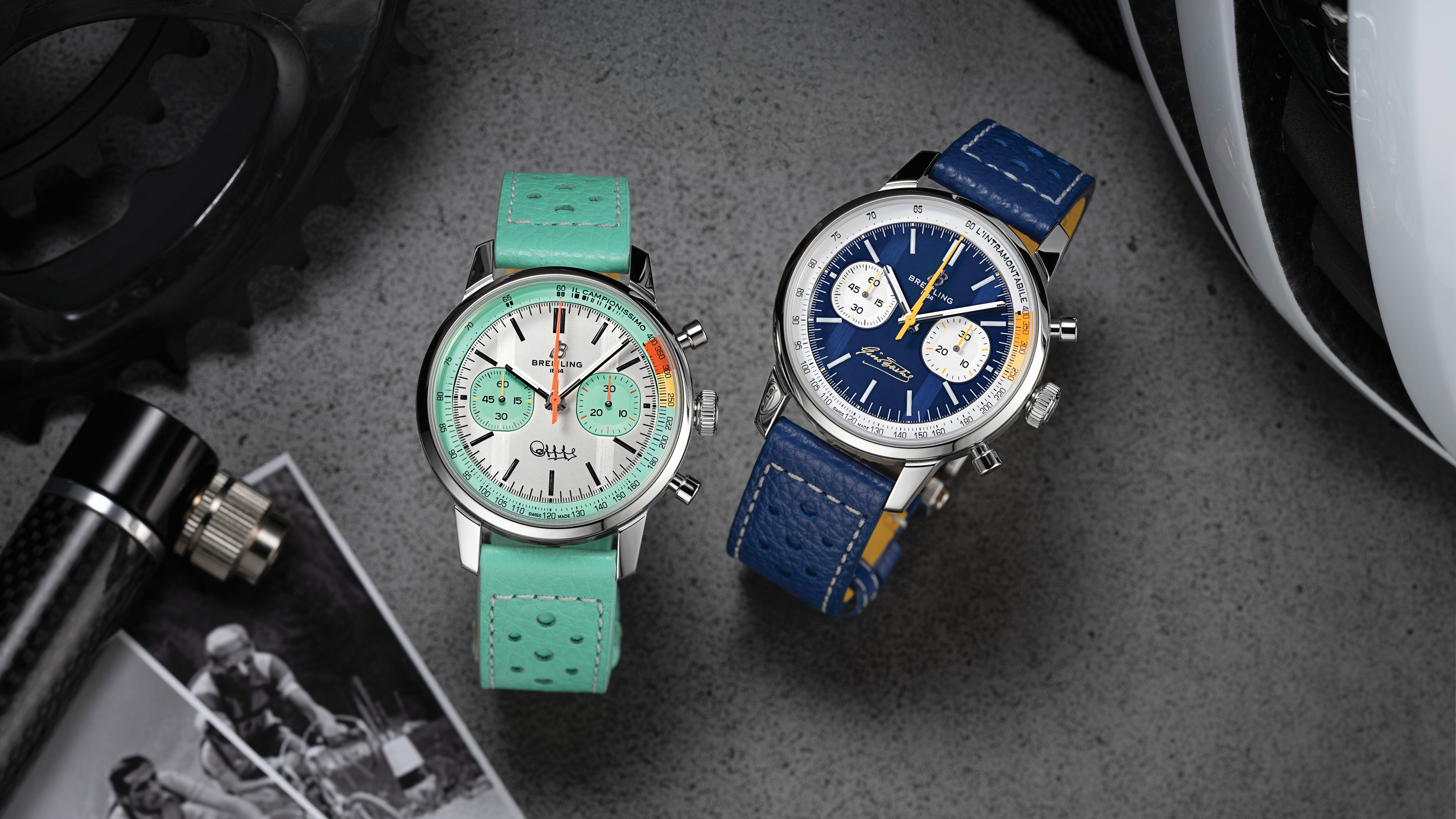 Breitling adds two new Top Time chronographs celebrates the legacy of cycling legends
Breitling adds two new Top Time chronographs celebrates the legacy of cycling legendsThese are gorgeous watches
By Sam Cross Published
-
 Today’s luxury car buyers want experiences, not performance
Today’s luxury car buyers want experiences, not performanceEVs have democratised power. Now, for supercar buyers, performance is not enough.
By Alistair Charlton Published
-
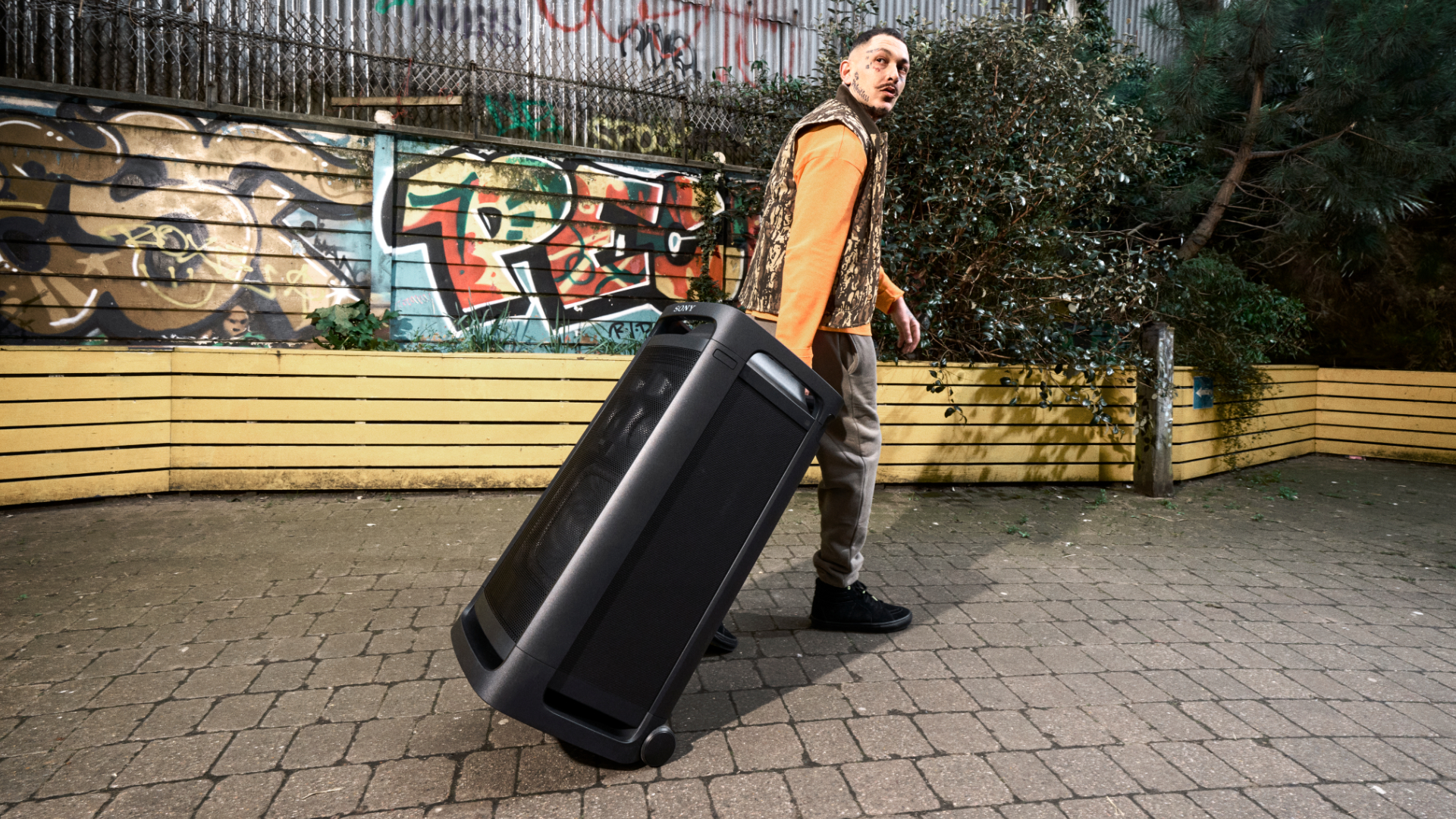 Sony drops a whole host of new Ult speakers, including some chunky units
Sony drops a whole host of new Ult speakers, including some chunky unitsThe Ult lineup grows
By Max Freeman-Mills Published
-
 PS5 Pro set for a massive upgrade already – should make games look even better
PS5 Pro set for a massive upgrade already – should make games look even betterA deal with AMD will introduce even better game-improving tech to the PS5 Pro
By Rik Henderson Published
-
 Sony WH-1000XM6 headphones are ready to go, according to latest leak
Sony WH-1000XM6 headphones are ready to go, according to latest leakIf you're thinking about buying the XM5s, make sure you get a really good deal
By Carrie Marshall Published
-
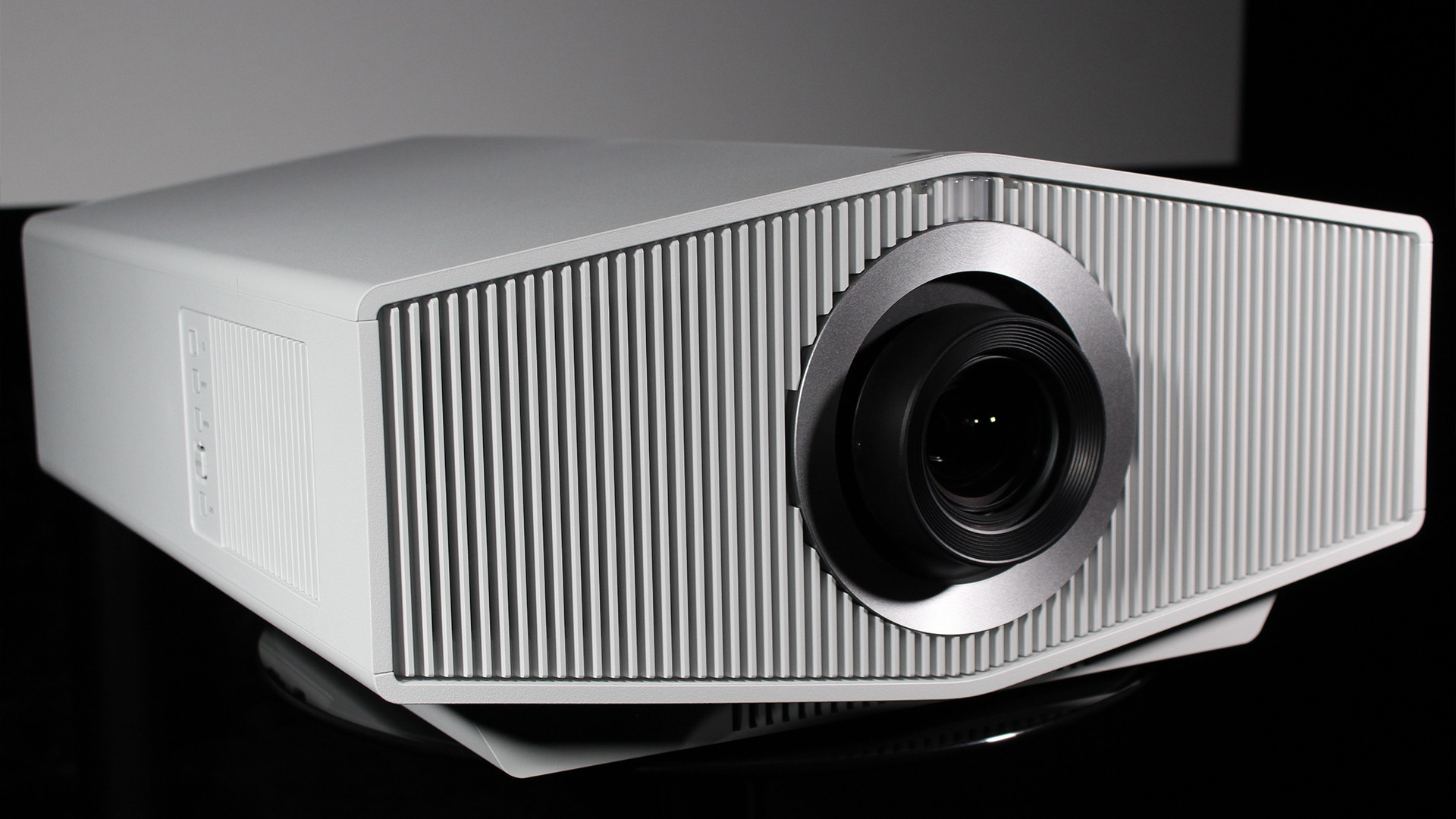 Sony Bravia Projector 8 (VPL-XW6100ES) review: a dynamic and bright beamer
Sony Bravia Projector 8 (VPL-XW6100ES) review: a dynamic and bright beamerSony’s projector keeps pace with the competition by adding some important new features
By Stephen Withers Published
-
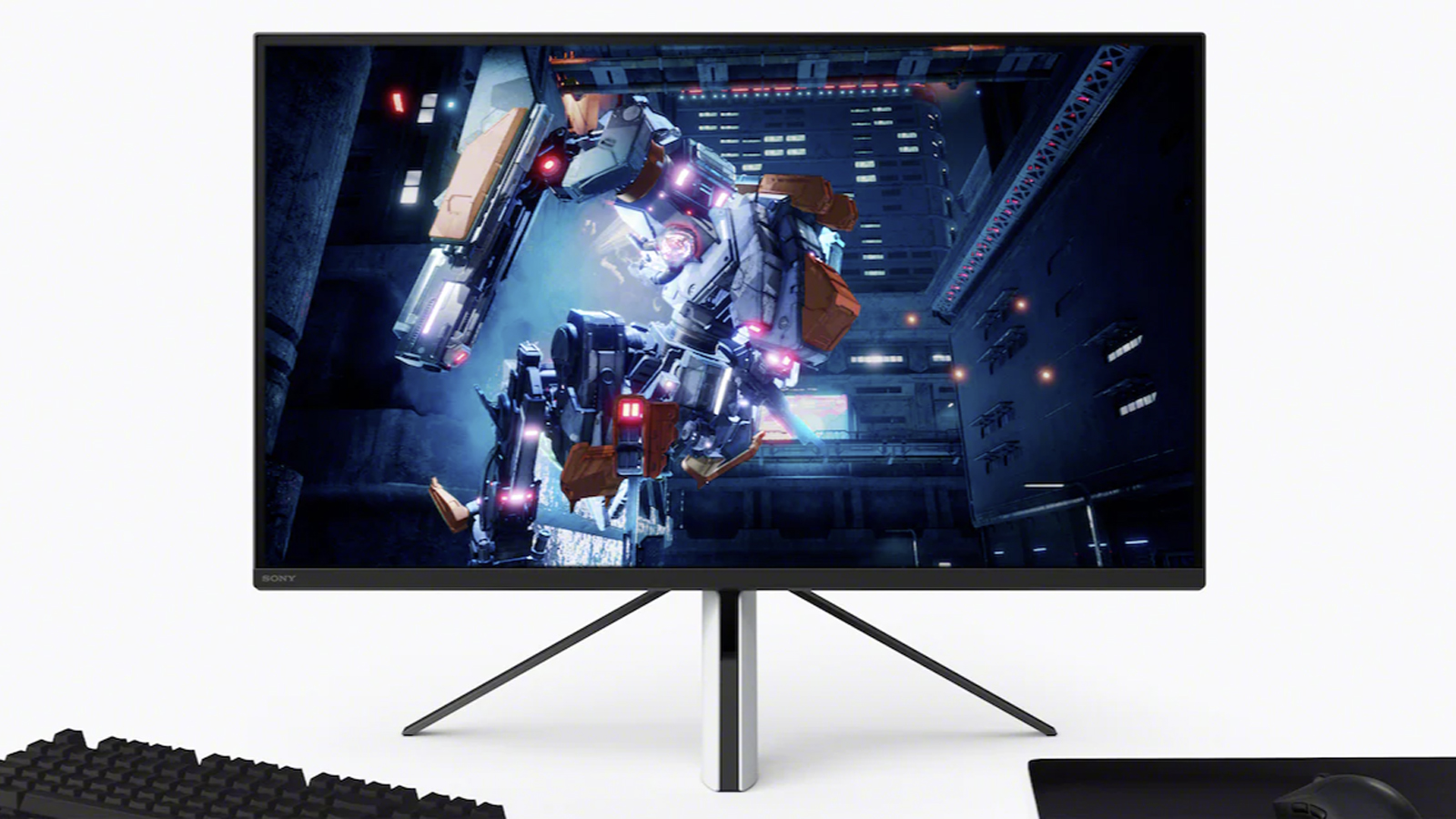 Sony adds peace of mind to its OLED displays
Sony adds peace of mind to its OLED displaysSony promises you won't get burned if you buy its InZone OLED monitors
By Carrie Marshall Published
-
 Sony's binning Blu-ray, but that won't cut your home cinema choices
Sony's binning Blu-ray, but that won't cut your home cinema choicesSony is shutting down Blu-ray disc production, but it's not as bad as some have reported
By Carrie Marshall Published
-
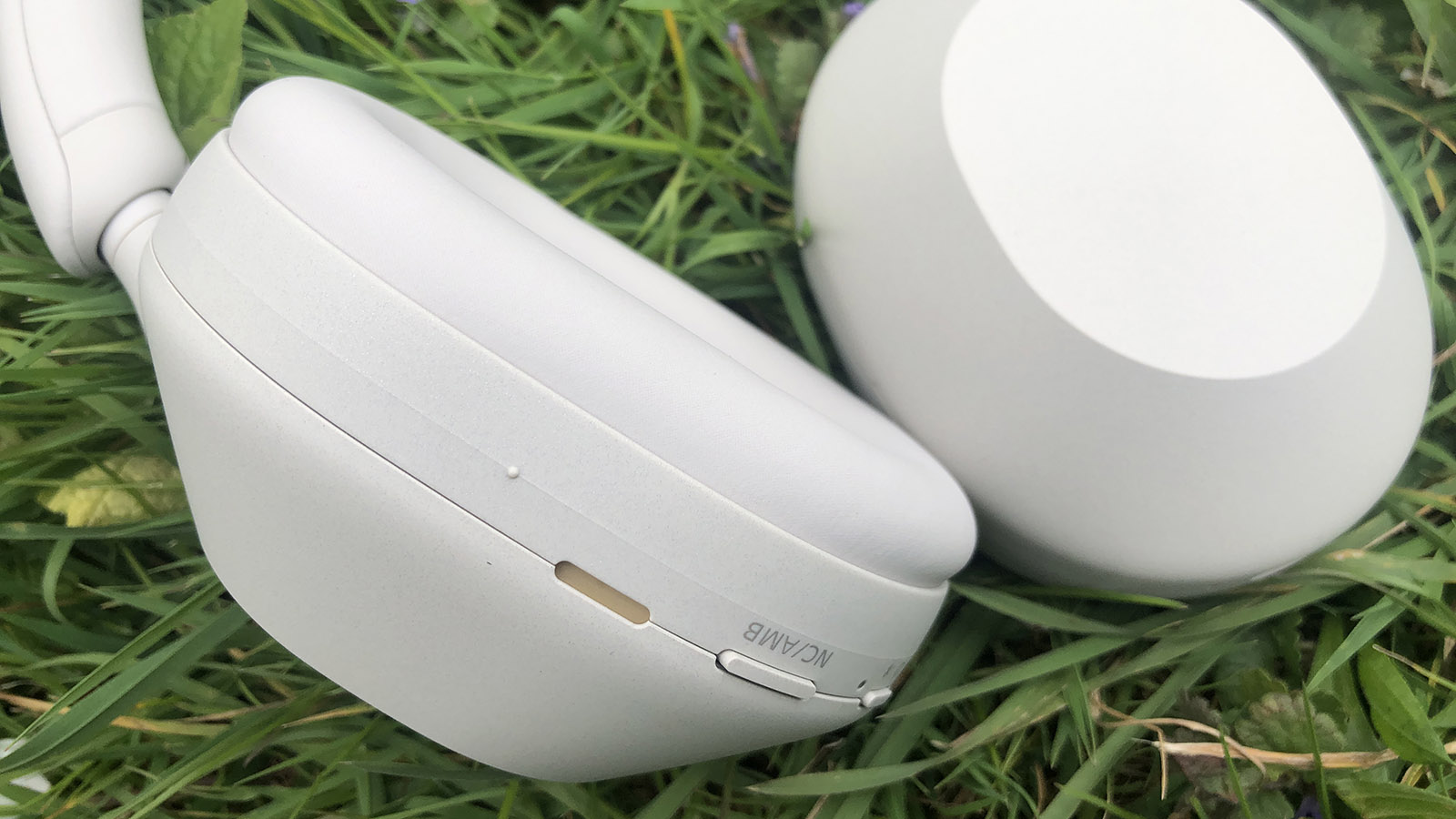 Sony WH-1000XM6 headphones could be on their way, and may have fixed last-gen's biggest problem
Sony WH-1000XM6 headphones could be on their way, and may have fixed last-gen's biggest problemOfficial filings show a Bluetooth boost and what looks like a significant design change
By Carrie Marshall Published
-
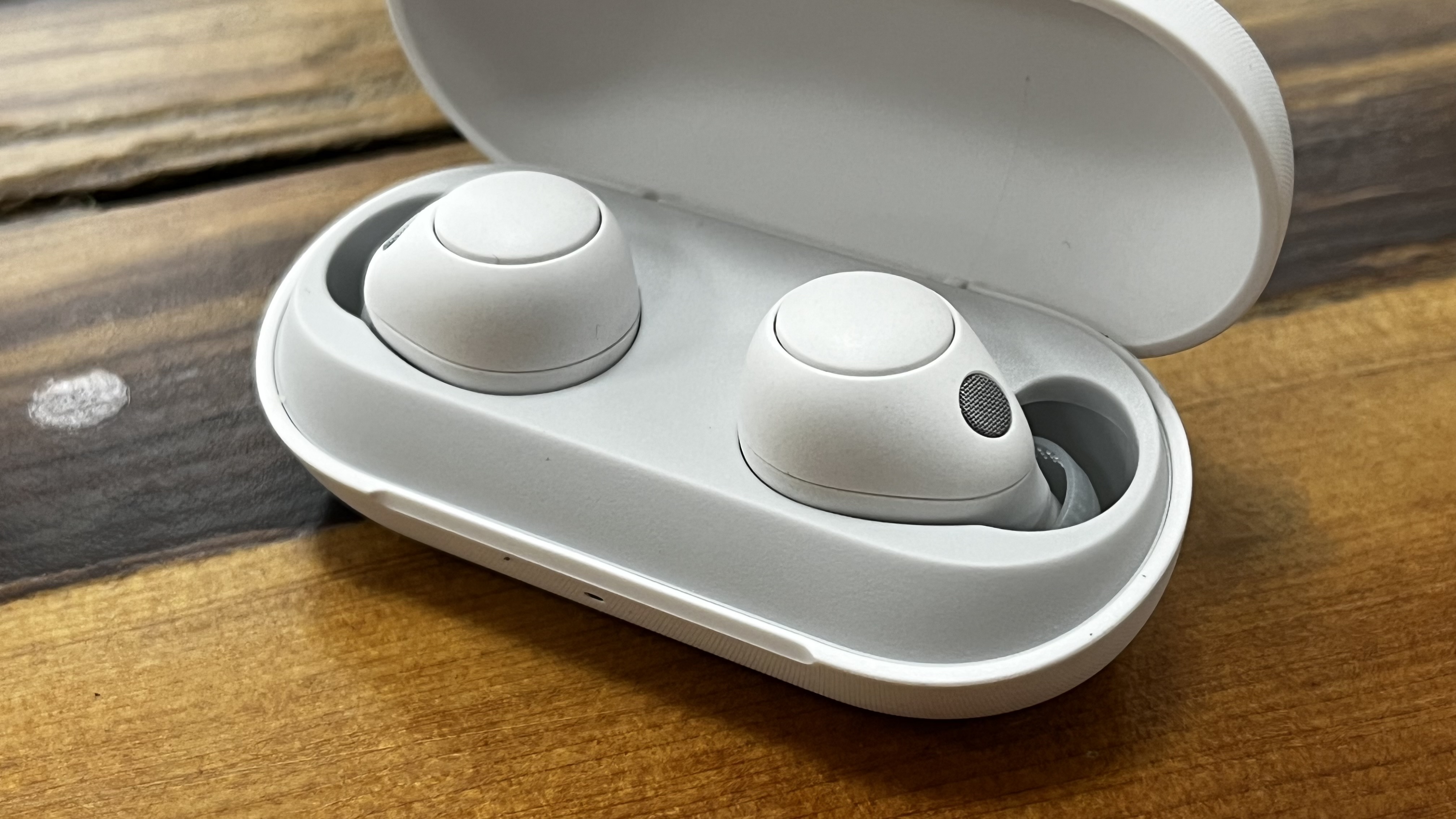 Sony’s next-gen affordable earbuds have leaked, and the difference is clear
Sony’s next-gen affordable earbuds have leaked, and the difference is clearThe successor to the Sony WF-C700N has turned up in an official database with a very un-Sony design
By Carrie Marshall Published